Buying 1000 Dollar Tree DVDs for Retail Arbitrage Challenge
[DISCLAIMER: DVDS ARE A GATED CATEGORY ON AMAZON. ANYONE CAN SELL THEM, BUT THEY NEED TO GET AN INVOICE FROM AN AUTHORIZED DISTRIBUTOR FIRST. HERE IS MY ARTICLE ON HOW TO GET UNGATED FOR DVD ON AMAZON]
[NOTE: I use DVD and Bluray Interchangeably, unless specifically noted. They’re just discs to me.]
The title of this blog post might seem like a mistake. It almost was a mistake. Who drives around to every dollar tree in his region and blindly buys all the DVDs to resell? Doesn’t that seem kind of stupid? Wouldn’t Dollar Tree sell these for more money if they were actually worth more money? No, no they wouldn’t. Dollar Tree’s business model isn’t based around squeezing as much money per customer so much as bringing them back in with consistently priced items that are easier to fit into a limited budget. This is further proven when we examine the Dollar Tree barcode system- that blue label they slap over the actual DVDs barcode? It isn’t always called the same thing, but it is always some generic bulk processing name given to all the DVDs stocked that month. “April DVDs” for example, or “BULK MEDIA” if the dollar tree store has it setup that way. Check your receipt next time.
I also would like to take a brief detour to examine the more problematic aspect of asking “Wouldn’t Dollar Tree sell these for more money if they were actually worth more money?” Besides ignoring their business model, it also makes the fatal flaw of assuming that things have an inherent value. A DVD, a bar of soap, a sandwich, an autographed LeBron James game-worn jersey- none of them have a “correct” value in the sense that they are all valued at what Someone is willing to pay for them. If there are people out there who will pay $25 for a $1 DVD to be delivered to their door, then the “value” of that DVD is both $1 and $25 or, more accurately, the value is determined by how accurately you can meet the demands of the buyer and how much the buyer values those demands. Consider these DVDs like boulders resting on the precipice of a cliff and the potential energy they have is consistent with the potential value. If we are attempting to metaphorically “smash” the customer (resulting in a sale), you understand how that can both be achieved by the boulder falling down the mountain and, conversely, not be achieved if the boulder manages to stay stationary at its peak or, alternatively, is pushed away from the customer. Put succinctly, these DVDs are worth different amounts to different people and some people want them so much, they are willing to pay a “finder’s fee” or varying amounts, oftentimes significantly more than the dollar we have invested.
But how do we do this? What is the process from turning random dollar tree DVDs into stacks of cash? You need to sell them, of course. To demonstrate this, I have chosen 3 separate platforms that I will be selling on, as well as slight variations on each of those platforms that allow me to maximize my profit and minimize the time worked. Before we get any deeper, I want to acknowledge that there are probably more efficient ways of getting bulk DVDs, but driving around to Dollar Trees fits the theme of all my Dollar Tree Retail Arbitrage Videos so I wanted to use that structure in an attempt to make it more accessible for the beginner.
[INSERT VIDEO WHEN FINISHED]
The first step, once all the DVDs have been purchased, is dividing them between DVDs that are worth selling individually and DVDs that are not worth selling individually. To do this, we must first decide acceptance and rejection criteria. Is the DVD cute and laughs at my jokes? Accept. Stinky and tells me I am lame during the middle of our first date? Reject. Just kidding. Here is my actual acceptance/rejection criteria for this challenge:
Accept:
IF the sales Sales Rank is Under 150,000
THEN the FBA (fulfilled by Amazon) price must be at least $7.57
150,000 FBA sales rank is determined by my experience- generally, if the sales rank is below 150,000, a single copy will sell in 3 months. When you sell items on Amazon FBA, you pay a storage fee every month, the total of that fee decided by how much space your inventory takes up and how much of that inventory has been stationed at an Amazon fulfilment center for more than 12 months. While the volume of these DVDs is so small that the monthly fee is only
A standard DVD case is 7.5″ x 5.5″ x .5″ or 20.625″ cubed. Amazon charges different storage fees based on the time of year, so during January – September, every cubic foot (1,728″ cubed) costs $.75/month and during Q4 (the busy season), that same 1,728″ cubed costs $.99/month. Doing some basic math, we can figure out that each cubic foot can store about 84 DVDs, thus the standard monthly storage fee per DVD is going to be just under $0.01 per month from Jan- Sep and Just over $0.01 from Oct-Dec. For the sake of simplicity, we will assume that each month accrues a penny storage fee per DVD.
Assuming every DVD will sell in 3 months, we will allot a $.03 additional cost to make up for that. The other fees and costs associated with selling DVDs on Amazon are much more straightforward. I’ve included a screenshot below from the Amazon Seller App, the free app that Amazon has created for sellers.
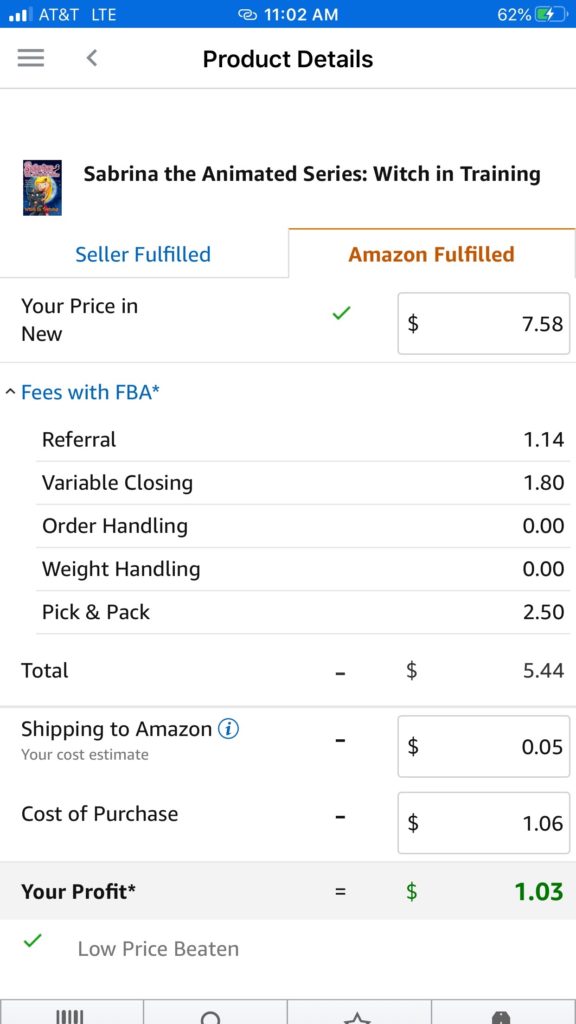
As you can see, the referral fee is $1.14, the variable closing fee (applied to all media items) is fixed at $1.80, and the pick & pack fee is $2.50. This includes the cost of postage. All I am required to do is ship them to Amazon and, using their discounted rates from UPS, I pay about $.05 per DVD when being delivered in bulk. My cost of purchase is $1.06 because I paid sales tax for this challenge, although you can get around that by having a resale certificate. You can get this by googling “how to get a resale certificate in my state”. All added up, that leaves us with a $1.03 profit. Take away the three cents for potential storage fees and we’ve got ourselves a machine that turns $1 DVDs into $2 bills.
If the sales rank is over 150,000, things get a little bit trickier, as I would not be FBAing those. For these, I store them in my warehouse and ship them out myself. Because I don’t want to waste my time shipping out $1 profit DVDs, I will up the necessary profit on these to $10, which means they need to sell for at least $18.66 with free shipping. I could sell theoretically cross-post these on eBay at $1.80 cheaper (omitting the fixed $1.80 variable closing fee imposed on all media transactions) but that is too much of a headache and I haven’t experimented with any cross-posting services who would do it for me. There’s also a lot more long-tail DVD sales that occur on Amazon as opposed to eBay, in my experience.
IF the sales rank is above 150,000
THEN the lowest price must be $18.66 or higher.
IF neither criteria is met, that is to say that the DVD is either above 150,000 SR (sales rank) and below $18.66 LP (lowest price) or below 150,000 SR and below $7.58 FBA LP then the DVD gets tossed into a bin by genre. I just guess at the genre. I use the following genres
- Horror/Sci-Fi
- Kids
- Religious
- Holiday
- Comedy/Drama
and then combine them into lots with only unique titles with the intention of selling to someone who will watch them, not resell them. I also separate Blurays from regular DVDs when creating lots. Because these will all ship media mail, the weight of the lot size isn’t very important, instead we are going to be focusing on creating lots that are small enough where the potential customer can see all the titles with a single glance. The theory behind this is that they are impulse buying them the same way people impulse buy DVDs at the bins near the checkout aisle as big box stores like Walmart. I’ve done some experimentation with this and found that around 10 is a good number to start with as people are usually find paying up to $20 for a lot of 10 DVDs. When you get up to the higher numbers, you find yourself courting resellers as potential customers and, since their goal is to resell them and not just enjoy them, they are not willing to pay as much per DVD.
When all the DVD are scanned and organized, we can begin listing them. I use inventory lab for listing DVDs on Amazon, and when listing on ebay, I use my phone. To add another layer to this experiment, I will also be taking lots to a local auction to see how they compare against ebay lots. Generally, I am making more money on local auctions when it comes to impulse buy items, but I haven’t done it enough to be totally positive about it and this challenge will hopefully give me the concrete results I’ve been looking for.
It took me about 6.5 hours, but I was able to scan and organize all my DVDs. I have the DVDs I can sell for at least $1 profit on a card table, stackd up alphabetically, and the “dud” DVDs that aren’t going to sell for $1 profit in bins by genre. There are about 400 DVDs I can easily sell and 600 I will need to put a little thought into. I created two small 10 DVD lots for a local auction I take things to every Tuesday so we’ll see how that turns out. I will also be listing a lot of 10 Blurays on Auction to see if I can hit $30/shipped, which, assuming a 12% ebay fee and a $4 media mail rate, puts me at $2.18 profit per game. If I end up achieving that, I will most likely alter by bluray FBA acceptance criteria to make the profit be at least $2 instead of $1 for regular DVDs to save on time spent listing low-value titles.
Big Takeaways:
Sesame Street DVDs were good
Indie Films with Well Known Leads were good
Indie Horror were routinely profitable, but none were home runs.
I ended up sending in over 300 DVDs with a total buy cost of $312.60. On these 302 DVDs (which is less than my initial estimate because I pulled a few out that I thought would go up in value shortly), I will make $1442.89 net profit. Yes, that is net profit, including the cost of buying the DVDs, shipping, sales tax, and all the bells and whistles that nit-picky internet commenters who have never created a business complain about. I still have about 600 “dud” DVDs and 100 DVDs that I am holding off because I think they will either go up in value in the case of the 50 or so copies of The Santa Clause 3 on Bluray I have (I want to sell these for around $9 come Christmas time) or because the sales rank is above 150k but they will also earn me a decent enough profit to be worth holding in my warehouse. It was also awesome that all these DVDs are going to the same fulfilment center instead of being broken up into 15 different destinations I would have to send items to. I don’t have inventory placement turned on, I just know that larger shipments are more likely to be consolidated into one FC (fulfilment center) warehouse and the less destinations, the better it is for me.
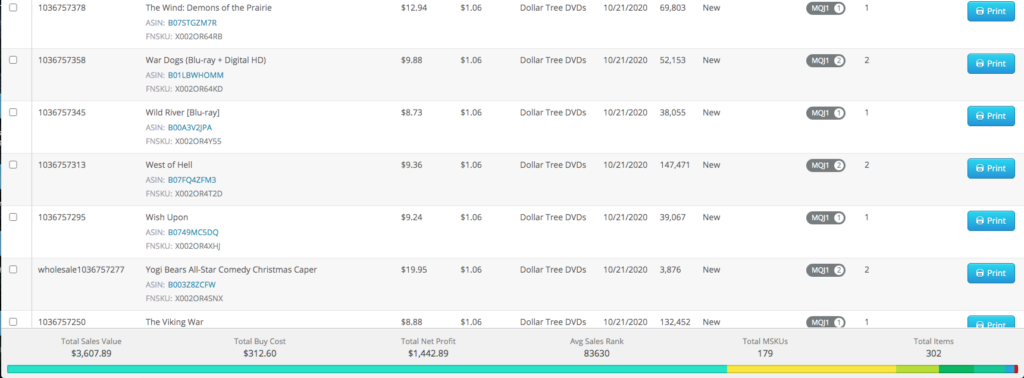
Our profit breakdown ends up looking like this
Initial investment $1060. I am not including gas or the cost of deprecation on my vehicle because, while that number is not 0, it is small enough to easily be offset by the profitable DVDs that I am purposefully withholding from this calculation.
Net Profit from FBA DVDs: $1,442.89
Net Profit from dud DVDs: $0
This is a oversimplification of things, but it is going to be 90-95% accurate. There’s the chance that I get less than $1/new DVD, but as long as I keep my lot size small, that is very unlikely. There is a chance that my sale price estimations are incorrect, but I have several pricing mechanism in place to ensure that I don’t make less than $1 profit per DVD. There are also pricing mechanisms in place to INCREASE my price if the listing competition dictates that. While only getting 90% of my estimated net profit is a possibility, so is getting 110%. I have sold over a million dollars in used media on Amazon and while there are people who sell more than that in a month, it’s enough to give me a very good idea of how a listing will progress as the market matures around it. This experience is also why I am very confident in saying that over 99% of my FBA DVDs will sell in, at most, 6 months, probably 3 months.
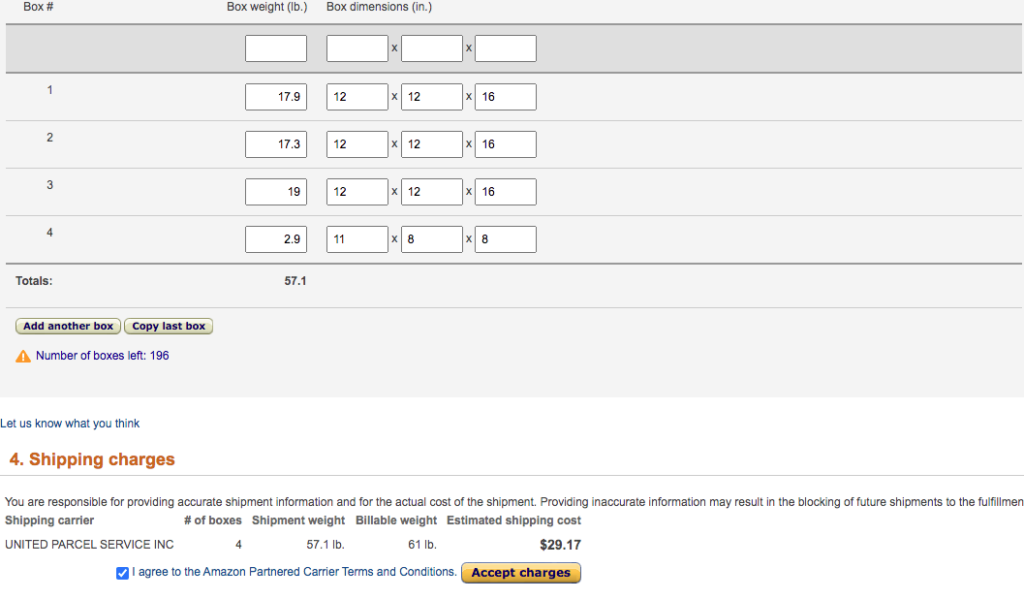
I spent about 10 hours on this project in the following areas, and sorting the DVDs alphabetically before I began to list them was a huge time-saver. Now all I have to do is wait for these to sell and I will be about $1400 richer. Based on that, I feel confident in saying that I have used my ten hours to earn $1400, or, more colloquially put, I Earned $140/hour Buying Random Dollar Tree DVDs for Retail Arbitrage.


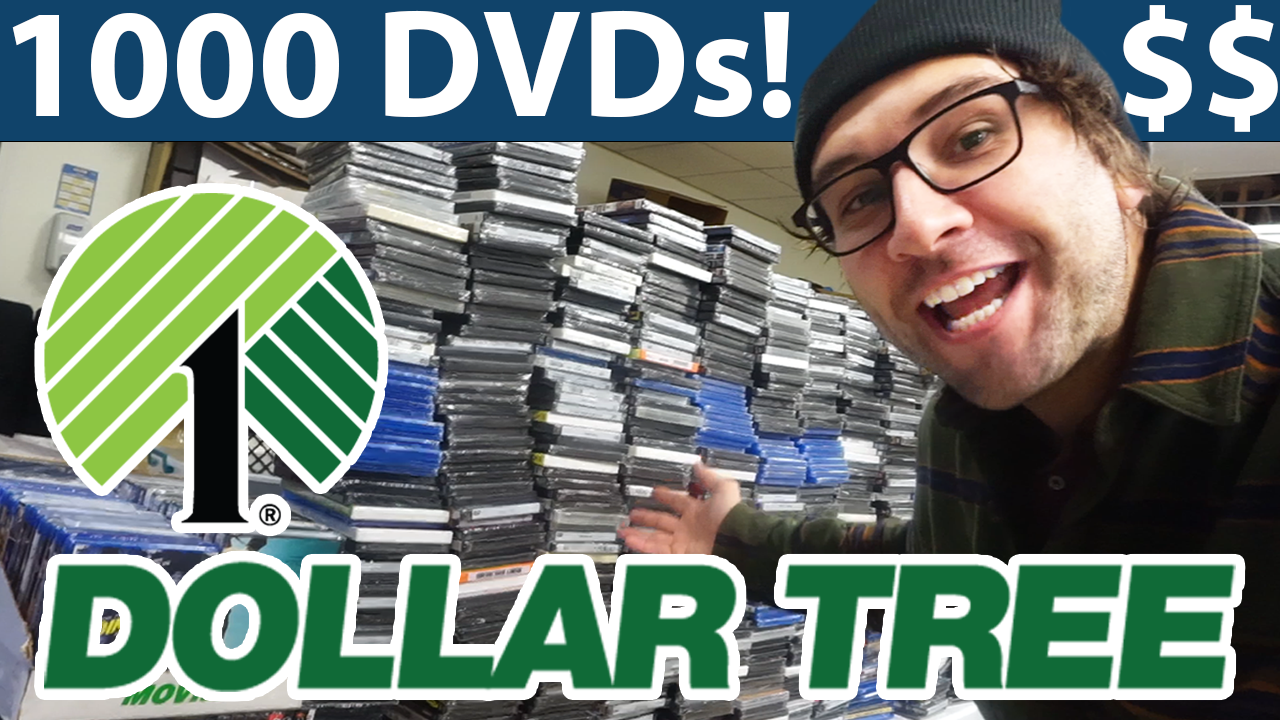
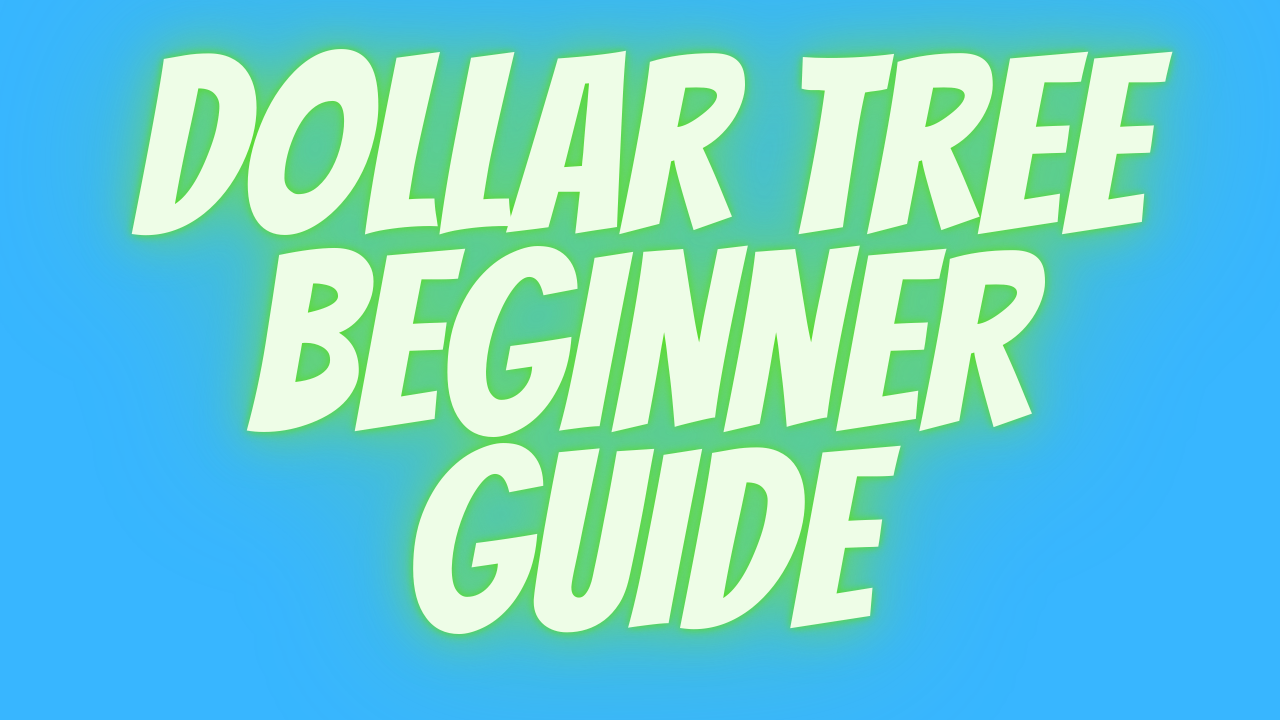
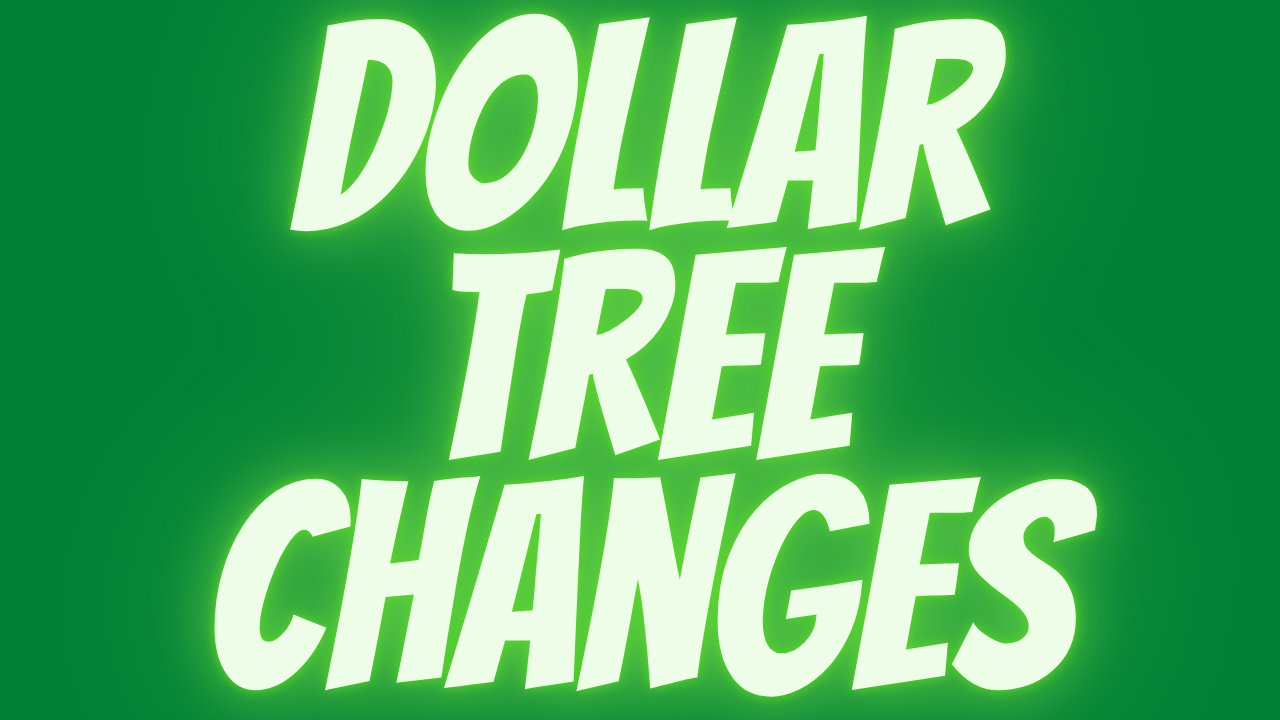
Excellent information sir!
seems link for gated article not working…please resend and or update link
I will, keep checking back every so often.
Very nice video – was interesting to watch. Still wondering how to get ungated in DVD. Sell a good number of DVDs and CDs on ebay but too new of a seller (1yr now) on Amazon to get ungated it seems. Was looking for your HOW TO GET UNGATED FOR DVD ON AMAZON article.
check the video, I don’t have the article up yet.